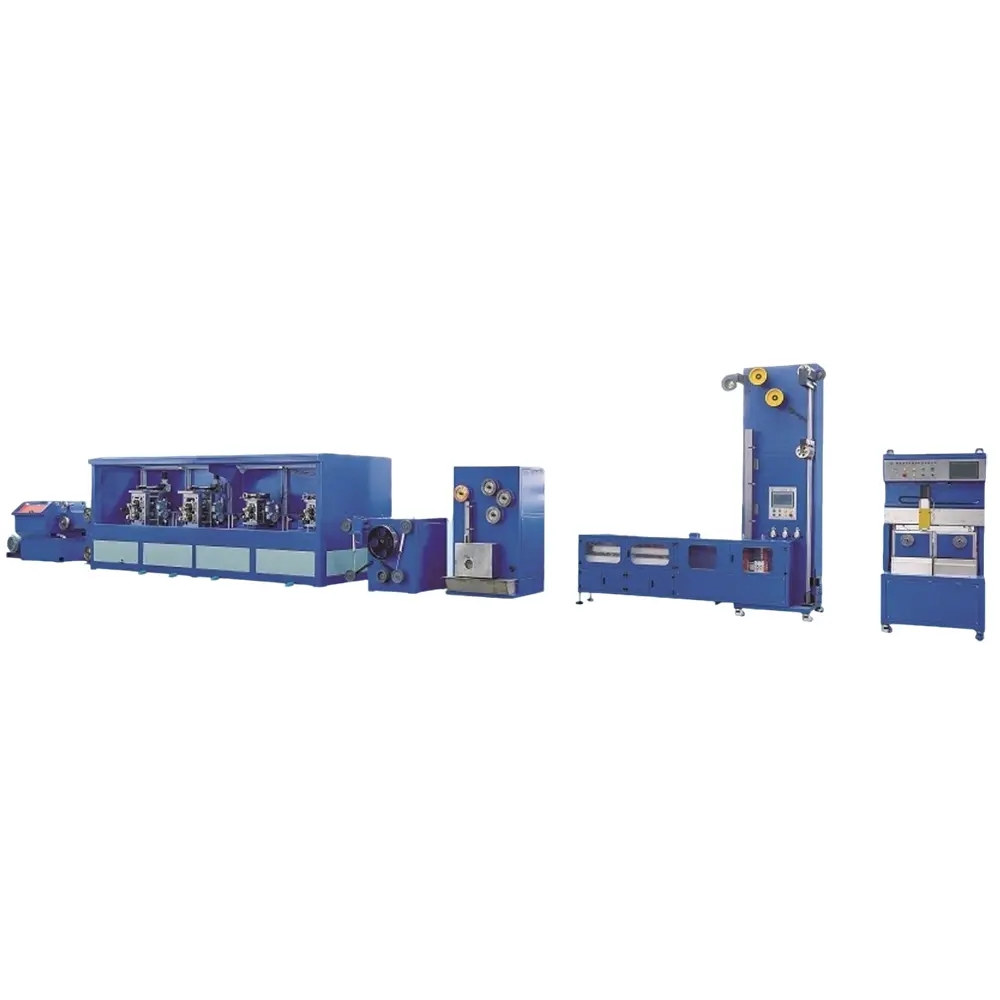- English
- Español
- Português
- русский
- Français
- 日本語
- Deutsch
- tiếng Việt
- Italiano
- Nederlands
- ภาษาไทย
- Polski
- 한국어
- Svenska
- magyar
- Malay
- বাংলা ভাষার
- Dansk
- Suomi
- हिन्दी
- Pilipino
- Türkçe
- Gaeilge
- العربية
- Indonesia
- Norsk
- تمل
- český
- ελληνικά
- український
- Javanese
- فارسی
- தமிழ்
- తెలుగు
- नेपाली
- Burmese
- български
- ລາວ
- Latine
- Қазақша
- Euskal
- Azərbaycan
- Slovenský jazyk
- Македонски
- Lietuvos
- Eesti Keel
- Română
- Slovenski
- मराठी
- Srpski језик
- Esperanto
- Afrikaans
- Català
- שפה עברית
- Cymraeg
- Galego
- Latviešu
- icelandic
- ייִדיש
- беларускі
- Hrvatski
- Kreyòl ayisyen
- Shqiptar
- Malti
- lugha ya Kiswahili
- አማርኛ
- Bosanski
- Frysk
- ភាសាខ្មែរ
- ქართული
- ગુજરાતી
- Hausa
- Кыргыз тили
- ಕನ್ನಡ
- Corsa
- Kurdî
- മലയാളം
- Maori
- Монгол хэл
- Hmong
- IsiXhosa
- Zulu
- Yoruba
- অসমীয়া
- ଓଡିଆ
- Punjabi
- پښتو
- Chichewa
- Samoa
- Sesotho
- සිංහල
- Gàidhlig
- Cebuano
- Somali
- Тоҷикӣ
- O'zbek
- Hawaiian
- سنڌي
- Shinra
- Հայերեն
- Igbo
- Sundanese
- Lëtzebuergesch
- Malagasy
What are the core functions of photovoltaic welding strip rolling mill
The core function of the photovoltaic welding strip rolling mill revolves around "processing metal raw materials into welding strips that meet the requirements of photovoltaic modules", focusing on three core goals: shaping, precision control, and performance assurance. Specifically, it can be divided into the following four points:
Precise shaping: The original metal wire (mostly tin plated copper wire) is rolled from a circular cross-section to a flat rectangular cross-section required for photovoltaic welding strips through multiple passes of rolling technology, while accurately controlling the final size (thickness usually 0.1-0.5mm, width 1-6mm) to match the welding requirements of different specifications of photovoltaic cells.

Ensure dimensional accuracy: By using precision rollers, real-time tension control, and guiding calibration mechanisms, the thickness tolerance of the welding strip is ensured to be ≤± 0.005mm, and the width tolerance is ≤± 0.02mm, to avoid welding virtual joints, cracking, or affecting the current conduction efficiency of the components due to dimensional deviations.
Maintain surface and material properties: Use high hardness (such as HRC60 or above), mirror polished rollers, and smooth rolling speed to avoid scratches, pressure damage, or coating peeling on the surface of the welded strip; At the same time, by controlling the rolling pressure, the internal stress of the metal is reduced, ensuring the conductivity (low resistivity) and welding adaptability (such as good weldability) of the welding strip.
Efficient and stable mass production: By replacing traditional stretching processes and adopting a continuous multi roll rolling design, high-speed and continuous production of welded strips can be achieved (some models can reach speeds of 10-30m/min). At the same time, the rolling parameters (such as roll gap and tension) are automatically monitored and adjusted through a PLC control system, reducing manual intervention and ensuring consistency in the quality of welded strips in mass production.



